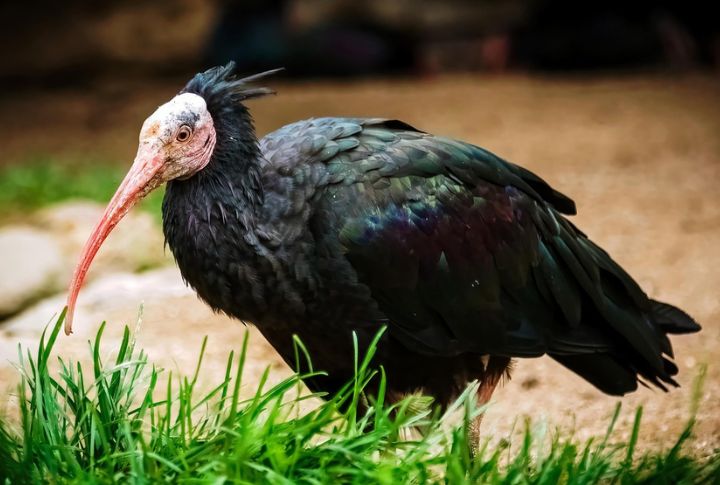
Some animals stay out of sight, not by choice, but because survival leaves them little room to be seen. These rare species aren’t just hard to spot—they’re slipping away. Each one on this list tells a story of how fragile life becomes when nature runs out of space and time.
Vaquita
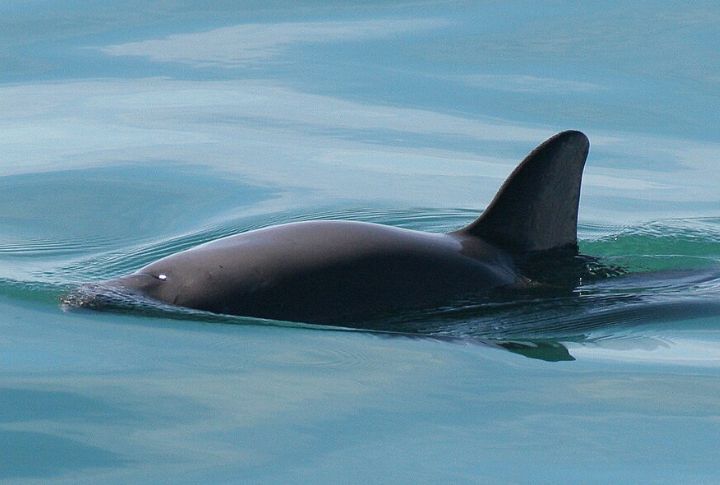
Less than a dozen Vaquitas remain now, which puts them at high risk. Surfacing briefly in the northern Gulf of California’s silty waters, these shy porpoises avoid loud noise. Panda-like eyes with a dolphin’s shape, their world is shrinking fast.
Saola

Dubbed Asia’s unicorn, the saola evades nearly all human observation. Forests along the Laos-Vietnam border cloak this antelope-like species in dense foliage, making them hard to track due to their elusive nature and habitat. Even scientists struggle to monitor them.
Amur Leopard
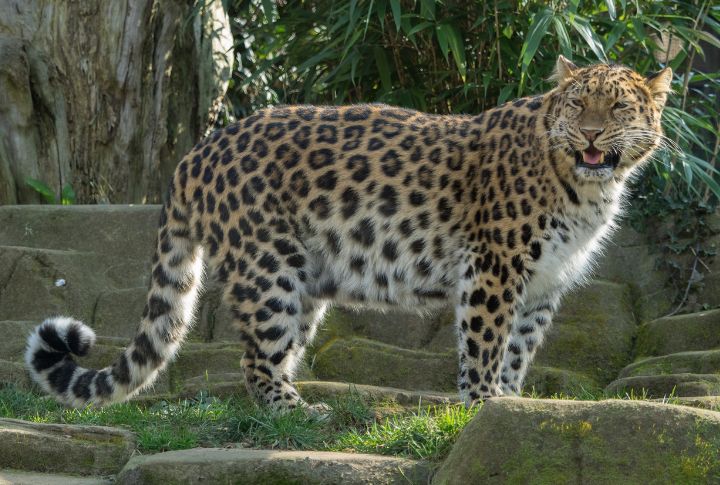
Winter cloaks its golden coat in a snowy blur. Through biting winds and cracked ice, the leopard moves—never rushed, never seen. Each one’s rosette pattern is unique, like a fingerprint in fur, and with under 100 left, it ranks among Earth’s most endangered big cat predators.
Axolotl
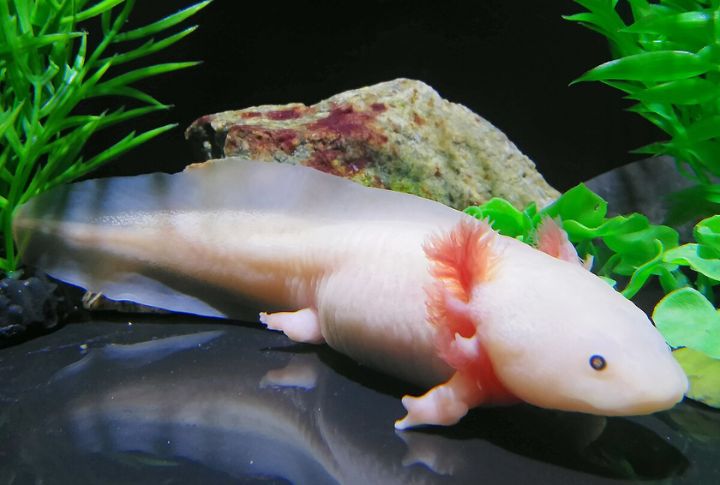
In the canals of ancient Mexico City, axolotls drift like amphibian relics. Scientists are fascinated by how it can regrow body parts. Sadly, the place it needs to survive keeps getting more toxic. These pink-faced swimmers, once common, now haunt Xochimilco’s quiet water beds as whispers of resilience.
Javan Rhino
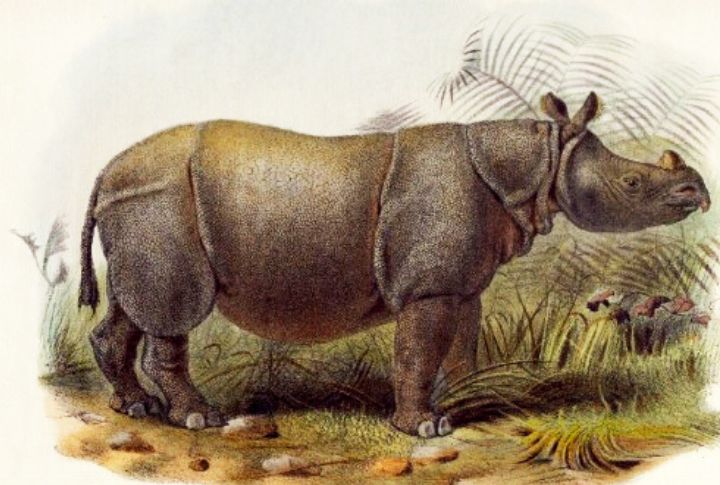
Thick rainforest walls hide the Javan rhino like a secret sealed in green. Just one population survives inside Indonesia’s Ujung Kulon National Park. These rhinos avoid open terrain so effectively that even camera traps struggle to capture them.
Northern Bald Ibis
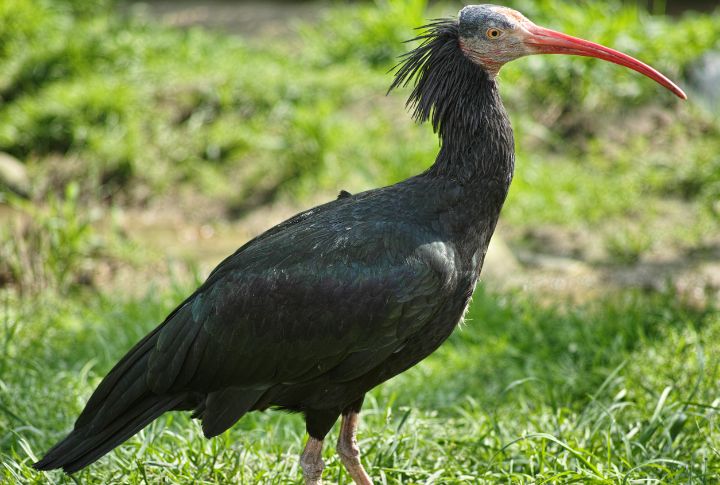
That shiny black bird with the bald redhead? That’s the northern bald ibis. The sacred bird is now endangered, and it calls only Morocco’s cliffs home. Fewer than a thousand roam in the wild, nesting in some of the toughest, driest spots they can find.
Philippine Eagle
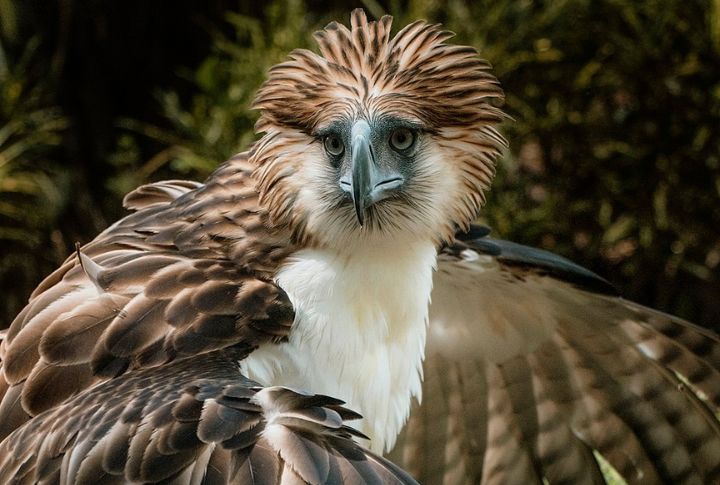
Philippine Eagles are crowned with shaggy feathers and eyes that can pierce through foliage. They rule rainforest skies, preying on monkeys or reptiles. These eagles require vast forests to thrive. However, today, only a few remain in the isolated Philippine islands.
Pygmy Three-Toed Sloth
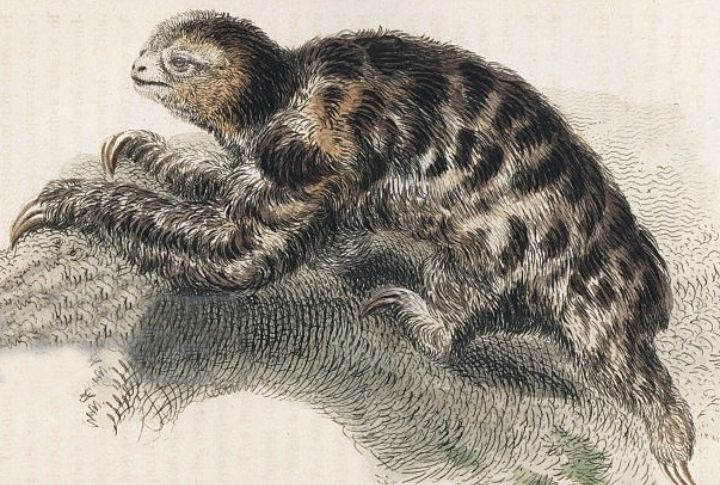
You’ll only find this tiny sloth on Isla Escudo de Veraguas. Unlike others, it’s adapted to mangrove life—slow, quiet, and careful. Their predators can swim, so these creatures stick to the trees and survive by barely moving and almost never being seen.
Kakapo
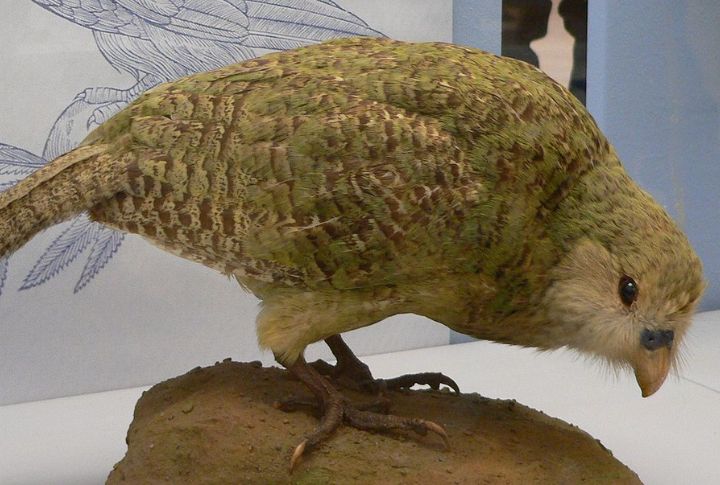
Kakapo, New Zealand’s nocturnal parrot, waddles instead of flying. Resembling an owl’s face, the kakapo hides like a statue in place. It used to roam mainland forests. However, today, it exists only on predator-free islands, tracked by radio transmitters.
Ili Pika

High in China’s Tianshan Mountains, the Ili pika darts between crags like a faded picture. Scientists call it a “magic rabbit,” though it’s more like a ghost with fur. Rarely photographed, rarely seen, it intrigues everyone. Only a handful exist, and rapid climate shifts are pushing their limits.

